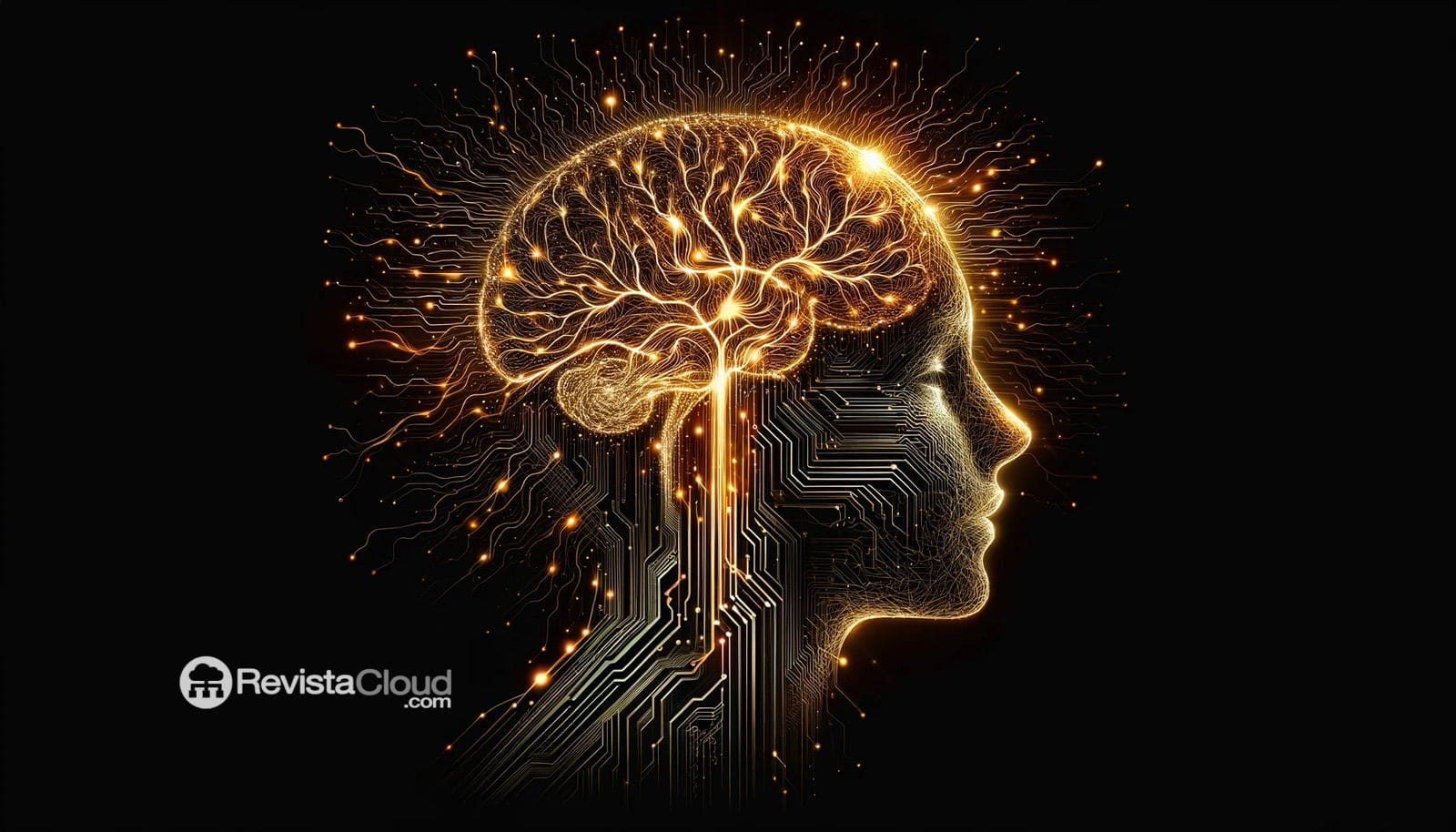The latest Gartner Hype Cycle for Artificial Intelligence 2025 highlights a shift in priorities within the tech industry. While the initial excitement around Generative AI (GenAI) remains active, it now takes a backseat to two foundational pillars shaping the immediate future: AI Agents and AI-ready data. Both are currently in the “Peak of Inflated Expectations,” where innovation coexists with speculation and promises yet to be fulfilled.
This change reflects a clear trend: companies want AI to move beyond experiments to become a reliable, scalable infrastructure with tangible business impact.
AI Agents: Beyond Chatbots
AI agents represent the natural evolution of virtual assistants. Unlike traditional chatbots that simply answer questions, autonomous agents perceive their environment, make decisions, and execute actions.
Practical examples are already underway:
- Finance: Agents analyzing risks in real time and recommending transactions.
- Healthcare: Medical assistants cross-referencing clinical data with diagnostic images.
- Enterprise IT: Agents monitoring servers and automatically applying patches.
The challenge is identifying suitable use cases. Not every process benefits from delegating to an autonomous agent, and Gartner warns success depends on clearly defining boundaries and responsibilities.
Ready Data: The Fuel of AI
The second major focus is on AI-ready data. Having datasets prepared for AI means possessing clean, structured, contextualized, and compliant information.
Today, most AI project issues stem not from models but from data: biases, noise, duplicates, or lack of traceability. Gartner emphasizes that investing in data governance and quality is no longer optional; it’s essential to avoid inference errors and meet regulations like the European AI Act.
For the tech sector, this opens opportunities in smart ETL tools, data catalogs, synthetic data, and platforms ensuring data lineage and security.
Multimodal AI: Toward a More Human Understanding
Another highlighted technology is multimodal AI, which combines text, audio, images, and video within a single model. Compared to unimodal systems, this approach exponentially expands integration possibilities.
Examples include:
- Security: Threat detection that merges camera images with audio logs.
- Education: Digital tutors processing written questions and spoken responses.
- Industry 4.0: Factory analysis combining sensor readings, visual plans, and technical reports.
Gartner forecasts that multimodal AI will be a standard across nearly all digital products within the next five years.
AI TRiSM: Security and Trust in the AI Era
The fourth key area is AI TRiSM (Trust, Risk, and Security Management). It provides a framework to ensure AI systems are safe, fair, trustworthy, and transparent.
The rise of AI introduces risks such as model manipulation, sensitive data leaks, discriminatory biases, and even legal liabilities for automated decisions. AI TRiSM aims to establish ongoing controls to mitigate these risks.
For technology companies, this trend points toward a budding market for AI governance and audit solutions.
Implications for the Tech Sector
The Gartner 2025 Hype Cycle confirms a turning point: shifting focus from flashy demos to building solid infrastructure that enables AI at scale.
- Cloud providers see opportunities in offering optimized environments for autonomous agents and AI-ready data.
- Startups find fertile ground in specific verticals like healthcare, legaltech, fintech, and education.
- Software companies are called to incorporate multimodal AI and AI TRiSM controls into their products to stay competitive.
Ultimately, the focus is moving from generative creativity to operational sustainability.
Practical Guide for Sector Professionals
- Explore viable use cases for AI agents — prioritize repetitive high-cost processes where autonomy can free up human time.
- Invest in data quality — set up pipelines for cleaning, normalization, and governance before scaling AI projects.
- Adopt multimodality gradually — if your business produces diverse data formats, consider pilot projects involving text + image or audio + text.
- Start evaluating AI TRiSM solutions now — implementing audits, fairness assessments, and security measures early will prevent sanctions and loss of trust.
Frequently Asked Questions (FAQs)
What’s the difference between generative AI and AI agents?
Generative AI creates content (text, images, audio), while AI agents make decisions and act based on defined objectives.Why does Gartner highlight prepared data as critical?
Because without clean, traceable, and compliant data, any AI model will produce unreliable or potentially illegal results.Which industries will lead in adopting multimodal AI?
Healthcare, education, security, and digital media are the primary sectors expected to see large-scale deployments.What does AI TRiSM mean for companies?
The need to implement specialized security and governance frameworks for AI, beyond traditional cybersecurity measures.

